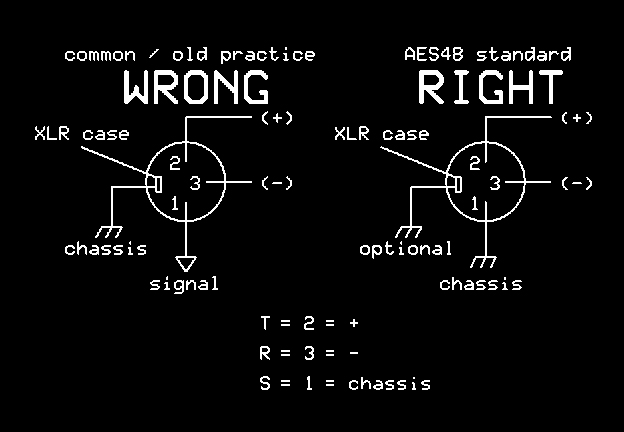radardoug
Well-known member
Hi,
I note you have a noise level of at least -83 all inputs deselected. And it is mainly hum.
Start by disconnecting everything from your console, and then do the noise measurement.
Make sure you do a differential measurement, not connecting your measuring ground to the console.
If you still have hum then your power supply has hum in its output.
Then start connecting your input signals, monitoring the hum as you go.
If the hum level starts to rise then your inputs are dumping noise into your ground.
Have you isolated all pin 1's and run them separately to a.c. ground?
If not, do so.
Record an acoustic guitarist. Once you have got a good signal level, ask him to stop playing.
Measure the signal to noise .
Your -83 will be way below the standing room noise level.
Have a think about why you are obsessing about your console noise.
Go out and have a good evening with your friends.
Much better use of your time.
I note you have a noise level of at least -83 all inputs deselected. And it is mainly hum.
Start by disconnecting everything from your console, and then do the noise measurement.
Make sure you do a differential measurement, not connecting your measuring ground to the console.
If you still have hum then your power supply has hum in its output.
Then start connecting your input signals, monitoring the hum as you go.
If the hum level starts to rise then your inputs are dumping noise into your ground.
Have you isolated all pin 1's and run them separately to a.c. ground?
If not, do so.
Record an acoustic guitarist. Once you have got a good signal level, ask him to stop playing.
Measure the signal to noise .
Your -83 will be way below the standing room noise level.
Have a think about why you are obsessing about your console noise.
Go out and have a good evening with your friends.
Much better use of your time.





